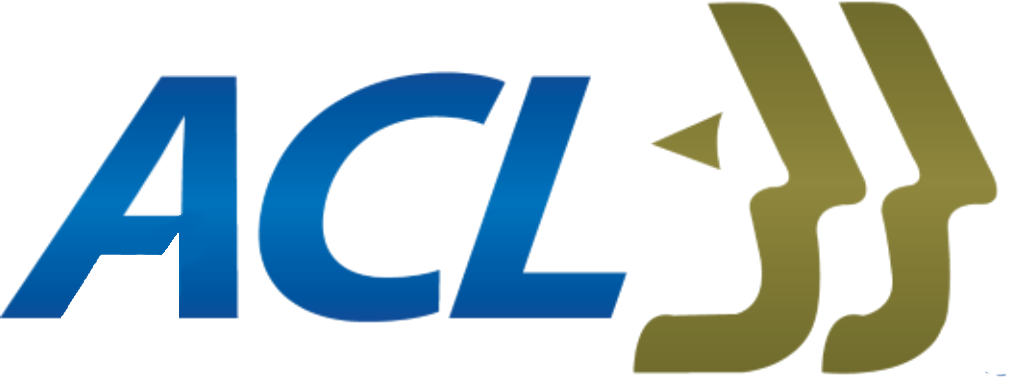Why ‘Disability Pride’? The question has a clear answer when you consider the opposite of pride: shame. People experience shame when they suffer social rejection; when they are bullied; when they are insulted or taunted; and when they seek to belong but are, instead, criticized and demeaned.[1]
Our society is full of the markers of disability shame. People with disabilities experience oppression through low employment rates, minimum wage exemption, higher likelihood to be victims of abuse & bullying, exclusion from education, social isolation, under-representation politically and in the media, higher rates of poverty, homelessness, incarceration, and poor access to wellness and healthcare.[3]
When [people] are successful and feel proud, they instinctively look to others. When they fail and feel ashamed, they look away. This is in the nature of pride and shame. The universal behavior associated with the emotion of shame is concealment; we all attempt to hide or cover up what we are ashamed of. Pride is the antithesis of shame. The feeling of pride is accompanied by an outward movement and a desire to show and tell others, to exhibit or show off. Pride is expansive, both in action and in our imagination. (Barish, 2012)
A person’s expectation of feeling proud or ashamed influences their choices. Shame lowers our hopes and causes us to avoid opportunity. Pride raises our hopes and encourages us to seek opportunities. Evolutionary psychologist, Glenn Weisfeld, told us, “We anticipate pride and shame at every turn and shape our behavior accordingly.”[1] Therefore, the social and internalized experience of disability shame is stealing opportunity from people with disabilities. This is our society’s systemic oppression of the largest and most diverse minority group in our country.
The Disability Pride Movement works against this oppression by promoting the belief that having a disability is a natural part of human diversity and seeks to boldly celebrate and value that diversity. Disability Pride is about embracing disability identity as a valued part of who a person is; it is about rejecting the concept that some groups of people are less valuable than others. Pride is about, not only the acceptance or “inclusion” of difference, but about the celebration of difference.
For this movement to take hold, the “pride” has to be because of disability, not in spite of disability. Therefore, we cannot ignore or minimize the disability-identity in the person. We cannot euphemistically sweep it under the rug with words like “special needs.” When we tout about how people with disabilities are just the same as everyone else, and we should focus on abilities, this is shoring the idea that a disability is something to be ashamed of. This is a building block of an ableist culture. “The women’s movement does not emphasize the “maleness” of women. The LGBTQ+ movement does not emphasize the “heterosexual-ness” of gay men and women. But the disability movement does very much emphasize the “ableness” of people with disabilities” (Parsons, 1999). This ableist view of total independence and perfection not only harms and shames people with disabilities, but every person who asks for help or does not meet the ideal of perfection.
Over the course of history, we have learned two key lessons from other rights movements: The power of the collective (including allies) and the motivating force of pride. Like other minority groups, people with physical and developmental disabilities are beginning to speak up about the pride they feel within their community.
People with disabilities are emerging as artists, comedians, and vloggers with new perspectives to share about the experience of having a disability. This is the beginning of Disability Culture. If you have a disability or don’t have a disability, you can help build the momentum of Disability Pride. Share photos, tell stories, be visible and bold about disability, be loud about your humanness, diversity, and imperfection, and most importantly, celebrate one another.
Take a look at these videos celebrating Disability and share them everywhere!
Post by Caitlin Looney, ACL Staff


